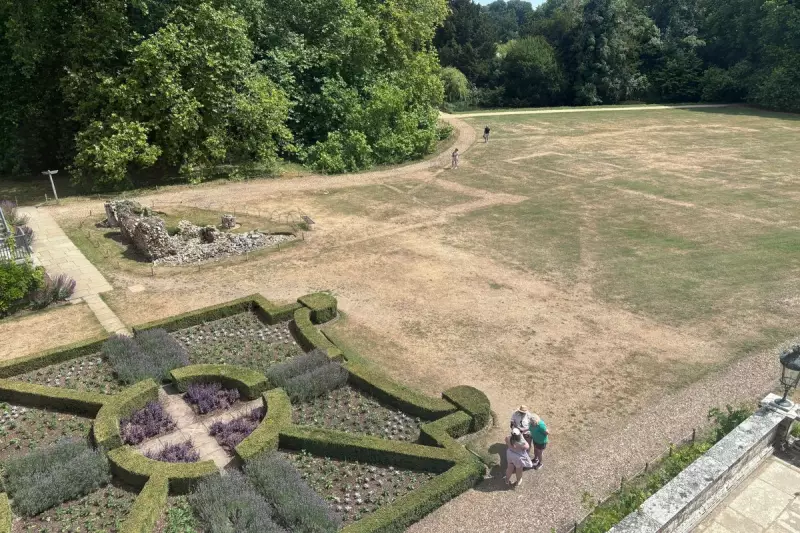
The recent UK heatwave has delivered an extraordinary gift to historians and archaeologists, revealing hidden historical landscapes at two of England's most treasured National Trust properties through the emergence of vivid parch marks.
At Mottisfont in Hampshire, exceptionally dry conditions have uncovered the ghostly outlines of an elaborate 18th-century ornamental garden that had been lost for centuries. The aerial survey conducted by the National Trust has revealed the complete layout of winding paths and geometric flower beds that once formed part of the estate's magnificent pleasure grounds.
Meanwhile, at the UNESCO World Heritage Site of Fountains Abbey in North Yorkshire, archaeologists have discovered previously unknown medieval features surrounding the magnificent water garden, including what appear to be buried structures and pathways that could reshape our understanding of the abbey's extensive grounds.
These archaeological revelations occur when differential drying of the earth exposes variations in soil composition and buried structures. The phenomenon creates a natural blueprint of historical landscapes invisible during normal weather conditions.
"This has been an extraordinary opportunity for archaeological discovery," explained a National Trust spokesperson. "The conditions have given us a unique window into the past, revealing the hidden history beneath our feet without the need for excavation."
The trust has been conducting systematic aerial surveys across its properties during the dry spell, documenting these temporary revelations before they vanish with the return of rain. The findings will help inform future conservation work and provide valuable insights into the evolution of English garden design and monastic land use.
This isn't the first time weather conditions have revealed hidden history. Similar phenomena occurred during heatwaves in 2018 and 2022, leading to significant archaeological discoveries across the British countryside. However, experts note that the current findings are particularly well-defined and extensive.
The documentation of these features is now a race against time, as the impending rainfall will eventually cause the ghostly outlines to disappear once more, returning these historical secrets to their slumber beneath the green lawns of England's most beloved historic estates.





